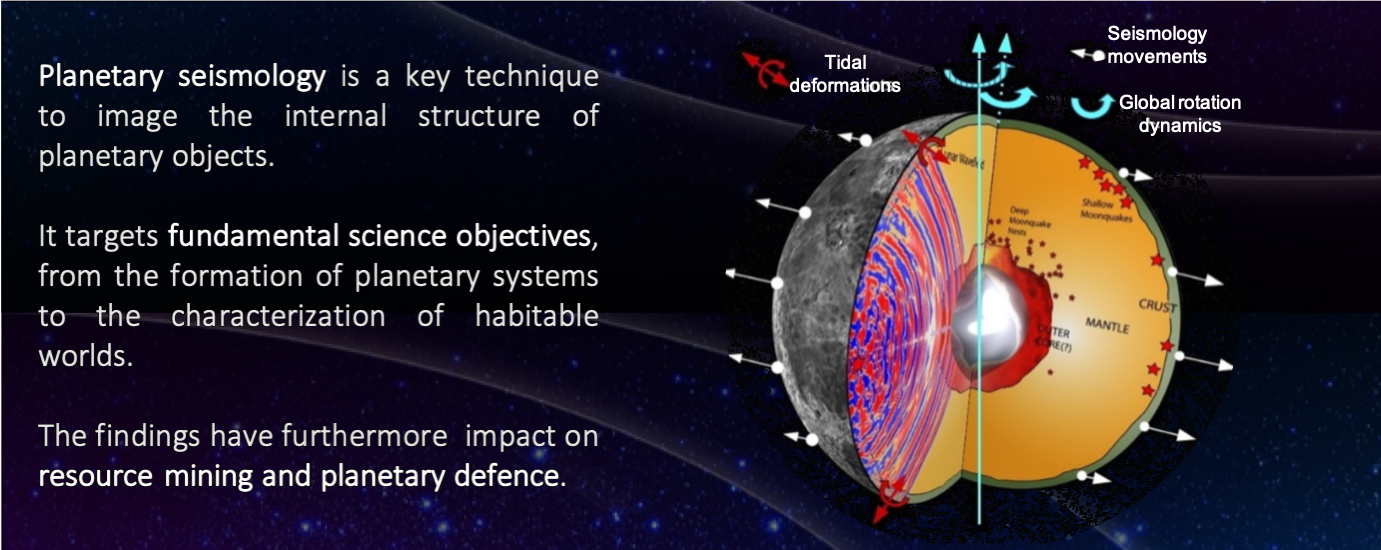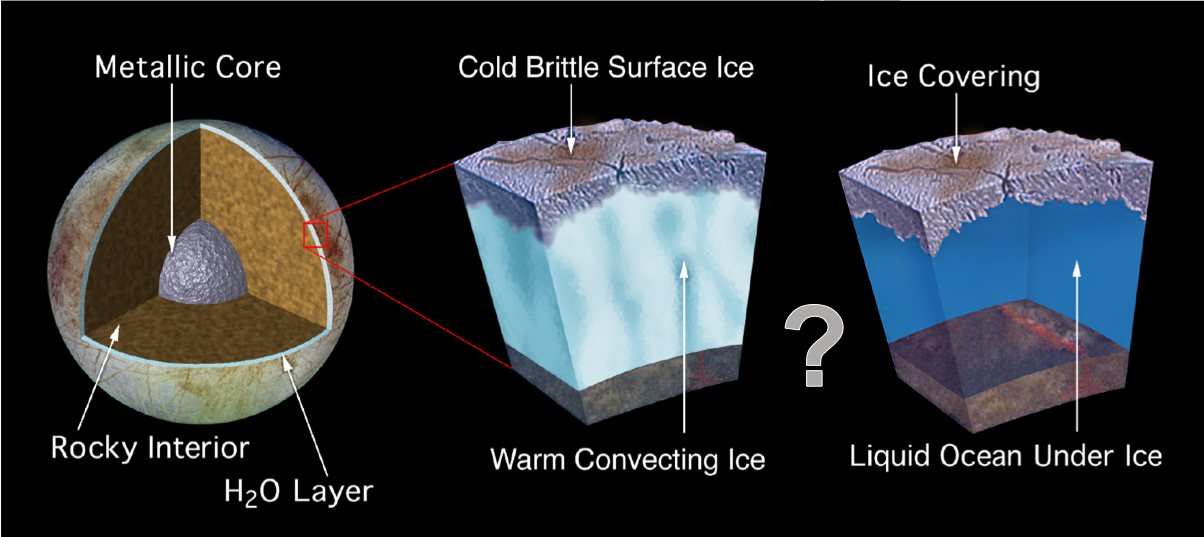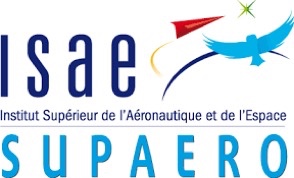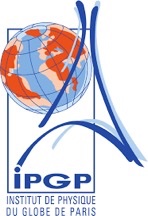
The PIONEERS project addresses its scientific questions and technological challenges to two classes of Solar System bodies: small bodies and terrestrial planets, including icy moons.
Terrestrial planets
There is a large variety of terrestrial planets and moons in our Solar System, of which none is like the other. PIONEERS takes
a closer look at Jupiter's icy moon Europa, the Earth's Moon and Mars, but does not limit itself to these.
How does the interior of these bodies look like? Is there a liquid or a solid core? A subsurface ocean that could harbour life or a rocky interior?
Does the subsurface structure of the Moon allow for a future human settlement?

The only extraterrestrial seismic measurement have been performed on the Moon during the Apollo missions allowing to image the first kilometers of the Lunar sub-surface[1],and very recently also on the surface of Mars by the InSight instrument. But all these measurements have limitations that do no not allow to fully understand the interior structure.
Extremely sensitive rotation measurements - as will be made possible by PIONEERS - will allow to measure the global rotation dynamics. This is particularly efficient at inferring internal density structure stratification and fluid layers (liquid core, ocean under ice shell), which may apply to Mars and icy moons[2]. One can think of the different rotation rate when turning a hard-boiled and a raw egg (try it out yourself!).
The improved translational measurements will allow to detect planetary deformation by tides, normal modes of vibrations and seismic surface waves. The recorded low-frequency signals that can be inverted to retrieve the whole planetary structure[3,4,5], while the high-frequencies yield information on seismic background noise, estimation on micro-meteorite flux[6] and atmosphere-solid interactions[7] (depending on the planetary target).
Combination of translational and rotational measurement to a 6-Degrees-of-Freedom data set will allow to detect the rotations induced by seismic waves[8], which has been done very recently on Earth for the first time. Also, correction for atmospheric effects that generate large tilt noise on horizontal linear sensors[9] will be possible in order to detect low amplitude signals.
The technical developments (also processing methods and rugged instrumentation concepts) will directly impact the emerging field of 6-DoF Earth seismology. These new sensors are currently demonstrating that they can bring a lot to the society thanks to a better understanding of various aspects of natural hazard like volcanoes and earthquakes or even tsunamis.
Small bodies
Small solar system bodies, like asteroids and comets, are classified as Near-Earth Objects (NEOs), when their orbit brings them
into the proximity of the Earth’s orbit.
For the prediction of their exact orbital motions and if they will eventually pose a threat to life on Earth, it is critical to
understand their interior structure.
Their internal structure is known only through their average density and no previous seismic experiment was ever attempted on such objects, even though they are thought to show seismic behavior that will help to understand their interior. Seismic activity on small bodies can be triggered by thermal cracking due to temperature excursions of the body because of changing solar illumination, micro-meteoroid impacts and seismic shaking. For binary asteroids, the bilateral interaction of the two bodies can cause rotational and tidal effects and stresses[10].
With a 6-DoF sensor on the surface of an asteroid, translation and rotation motions will be recorded. These signals can be inverted in order to infer ground mechanical properties below the seismic station and constrain the level of heterogeneity inside the object[11]. Also, models of orbit/rotation interactions (YORP and Yarkovsky effects) can be validated.
Knowledge of the sub-surface mechanical properties is not only important for the orbit determination of NEOs, but is furthermore of great interest for planetary recourses exploitation of asteroids. Additionally, asteroids are also remnant building blocks from the early stages of our Solar System and hold insights on its origin and evolution. It is not known, if they are made of rubble piles or if their internal structure is dominated by macro- or micro-porosity. Rotational seismology will shed light onto the secrets they harbor.

References
[1] Watkins, J. S., & Kovach, R. L. (1972). Apollo 14 active seismic experiment. Science, 175(4027), 1244-1245.
[2] Dehant, V., & Mathews, P. M. (2015). Precession, nutation and wobble of the earth. Cambridge University Press.
[3] Lognonné, P. (2005). Planetary seismology. Annu. Rev. Earth Planet. Sci., 33, 571-604.
[4] Rivoldini, A., Van Hoolst, T., Verhoeven, O., Mocquet, A., & Dehant, V. (2011). Geodesy constraints on the interior structure and composition of Mars. Icarus, 213(2), 451-472.
[5] Panning, M. P., Beucler, É., Drilleau, M., Mocquet, A., Lognonné, P., & Banerdt, W. B. (2015). Verifying single-station seismic approaches using Earth-based data: Preparation for data return from the InSight mission to Mars. Icarus, 248, 230-242.
[6] Lognonné, P., Le Feuvre, M., Johnson, C. L., & Weber, R. C. (2009). Moon meteoritic seismic hum: steady state prediction. Journal of Geophysical Research: Planets, 114(E12).
[7] Lognonné, P., Karakostas, F., Rolland, L., & Nishikawa, Y. (2016). Modeling of atmospheric-coupled Rayleigh waves on planets with atmosphere: From Earth observation to Mars and Venus perspectives. The Journal of the Acoustical Society of America, 140(2), 1447-1468.
[8] Igel, H., M. Bernauer, J. Wassermann, and K. U. Schreiber (2015), Rotational Seismology: Theory, Instrumentation, Observations, Applications, in Encyclopedia of Complexity and Systems Science, pp. 1– 26, Springer, New York.
[9] Lindner, F., J. Wassermann, M. C. Schmidt-Aursch, K. U. Schreiber, and H. Igel (2017), Seafloor Ground Rotation Observations: Potential for Improving Signal‐to‐Noise Ratio on Horizontal OBS Components, Seismol. Res. Lett., 88(1), 32–38, doi:10.1785/0220160051.
[10] Murdoch, N., Hempel, S., Pou, L., Cadu, A., Garcia, R. F., Mimoun, D., ... & Karatekin, O. (2017). Probing the internal structure of the asteriod Didymoon with a passive seismic investigation. Planetary and Space Science, 144, 89-105.
[11] Richardson Jr, J. E., Melosh, H. J., Greenberg, R. J., & O'Brien, D. P. (2005). The global effects of impact-induced seismic activity on fractured asteroid surface morphology. Icarus, 179(2), 325-349.







